Think Outside the Chair: How Flexible Seating Boosts Student Engagement Learning
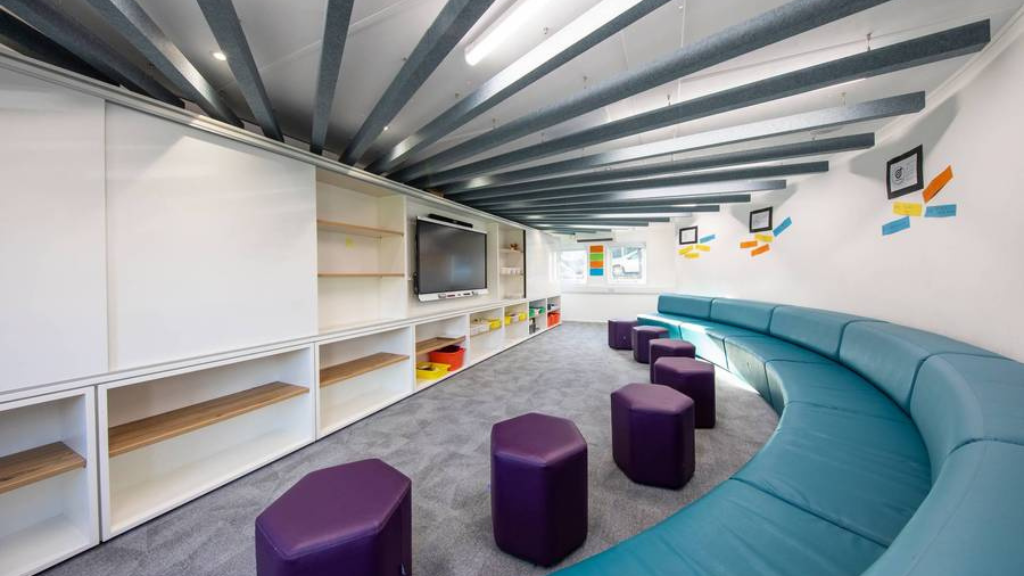
Education is evolving, transforming traditional classrooms into dynamic spaces. Experience a world where flexible seating empowers students and teachers, reshaping the educational landscape. Leave behind rows of desks and rigid chairs, and enter a vibrant realm of diverse seating options.
Research confirms that classrooms should foster learning, granting students autonomy while maintaining teacher guidance. John C. Erwin (2004), for example, recommends that students should have a choice to choose where they sit in the classroom, as it helps them meet their “freedom need” [2].
Of course, an ownership element is important for students, but the teacher should ultimately decide this. With this in mind, let us delve into the role of flexible classroom seating in student engagement.
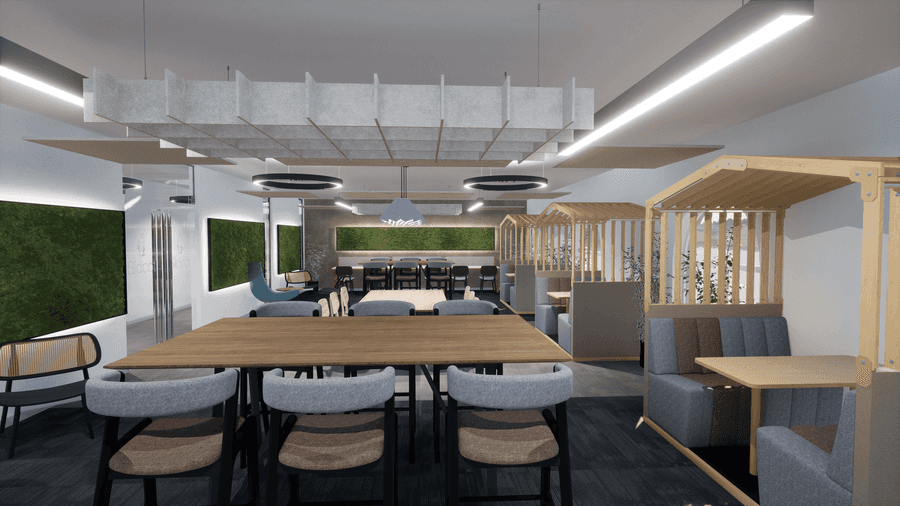
Flexible Seating Encourages Engagement
Ask any educator the nebulous question: What is the most essential aspect of teaching? They will likely struggle to come up with a single answer, but ‘engagement’ will certainly be high on the list. Alongside other factors, a student’s environment can dictate their level of engagement. One study, for example, focused on a classroom at Iowa State University (ISU), redesigned from a traditional classroom setup [3]. Transformed from a fixed seating configuration into a flexible layout, the “active learning classroom” (ALC) was designed specifically for active, collaborative learning, including portable whiteboards, supplemental computer monitors, and flexible seating to accommodate small groups, large groups, and individual work. The study revealed that such a change was beneficial for student engagement. One student noted that the frequent movement by the instructor around the classroom collectively increased the attention of his classmates by making them feel more comfortable and active, saying:
“Something about [the design] makes everybody, probably the students and professor, more comfortable and able to engage with what is going on in the classroom”.
As a result, the ALC’s flexible, open design allowed for classroom movement, encouraging social interaction among peers, students, and instructors.
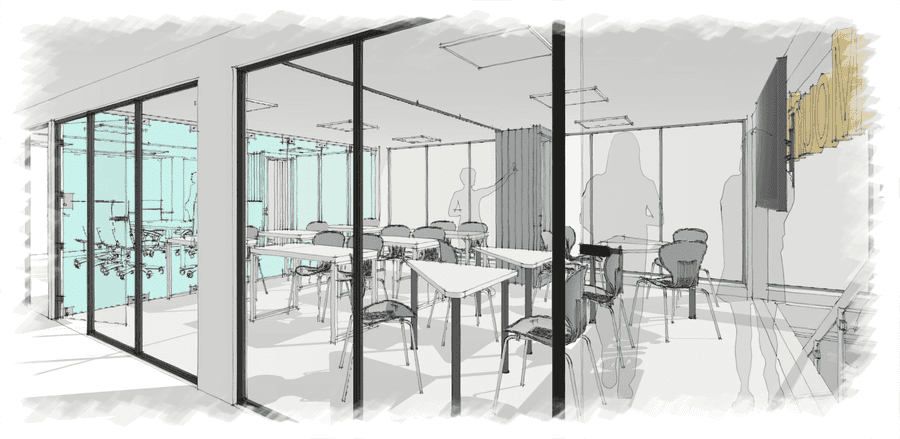
Fostering a Positive Learning Environment
Ivan den Berg, Segers, and Cillessen (2012) back this claim, stating that “careful structuring of the classroom environment, especially the seating arrangement, could be a nonintrusive way to promote a more positive classroom climate with less victimisation, aggression, and rejection, and more acceptance, cooperation, and friendship” [4]. Allowing more opportunities for students to be around other students can influence the way they perceive each other, promoting a positive classroom climate. Flexible seating can cultivate this. In today’s modern classroom, students’ achievement is just as important as the student-teacher and student-student relationships. After all, school engagement is closely related to student behaviour, thoughts, and feelings concerning classroom experiences (Dotterer & Lowe, 2011) [5].
Flexible classroom design encourages interaction and lets students feel personally connected with their peers and instructor (Rands & Gansemer-Topf, 2017) [6]. Open workspaces encourage active learning. This is integral, as it allows students to be at the centre of their learning.
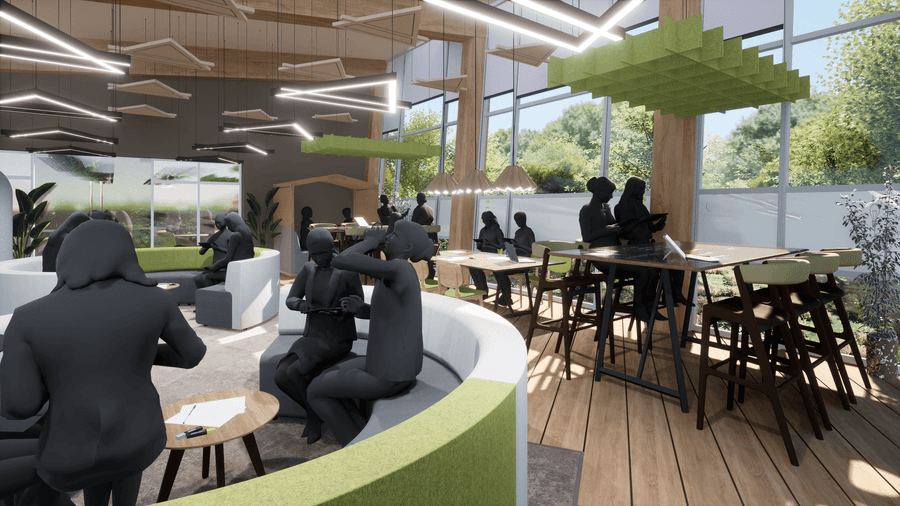
Posture and Ergonomics: Cultivating Engagement and Learning
Teachers can only achieve full class engagement if students are comfortable in their environment. The latest government studies reveal that an average of three children per classroom suffer from some variation of back disorder [7]. This can lead to slouching and other postural errors. Slouching compresses our lungs, impairs deep breathing, and reduces capacity by approximately 30%. Less oxygen reaches our brains and decreases our concentration and productivity [8]. Flexible seating can remedy this.
A study published in March 2017 in the Journal of Behaviour Therapy and Experimental Psychiatry found that “adopting an upright posture may increase positive affect, reduce fatigue and decrease self-focus” in people with mild to moderate depression [9]. This is crucial as mental health and well-being in the classroom have become more prevalent in recent years. It reinforces the idea that sitting in a vulnerable, collapsed position makes it easier to evoke negative memories and thoughts while sitting in an upright position promotes a more positive line of thinking. The study revealed that people who sat upright reported higher self-esteem, a higher level of alertness, a better mood, and less fear than those who slouched.
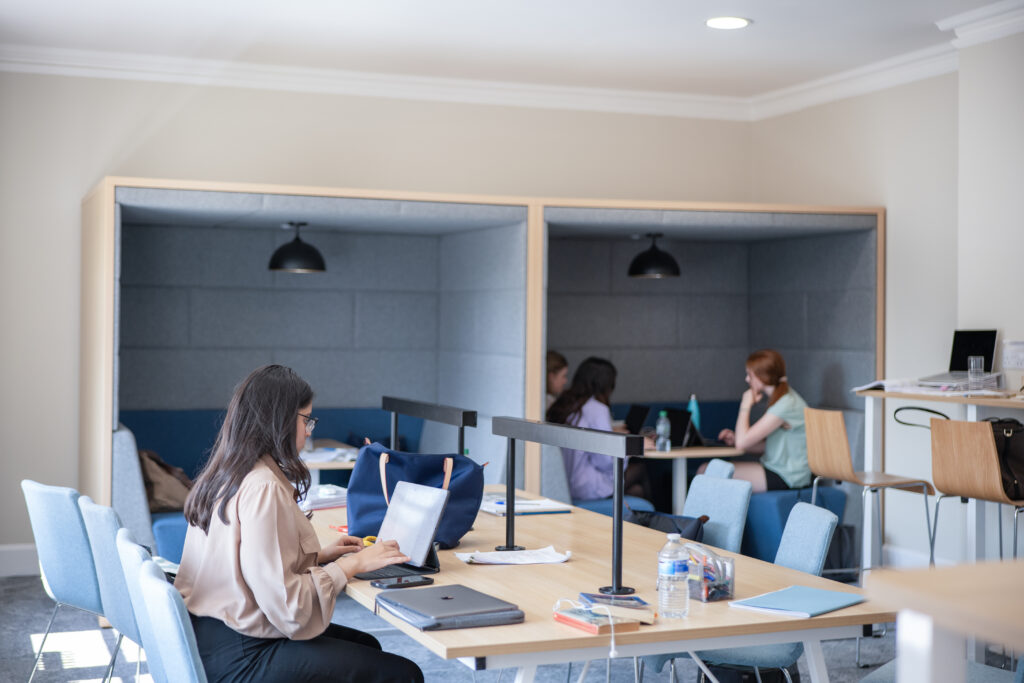
The Different Types of Seating and Their Benefits
So, the benefits of flexible seating are clear regarding student engagement, but what different types can we adopt? As mentioned, allowing a dynamic element into the classroom is essential, away from traditional methods. Let us explore some alternatives that have positively influenced teaching and learning.
Therapy balls
Therapy balls, also known as stability balls, can improve posture, attention, and behaviour. They engage the core muscles, promote active sitting, and offer students an outlet for fidgeting. This is particularly true for students with specific learning barriers. For example, a study has revealed that students with ADHD showed improved focus, attention, in-seat behaviour, and less hyperactivity while sitting on a therapy ball instead of a standard chair (Fedewa & Erwin, 2011) [10]. One study showed that students’ on-task and in-seat behaviour significantly improved while sitting on stability balls. Pre-intervention statistics revealed that students were in their seats approximately 45% of the time and on task 10% of the time while sitting on standard chairs. When given therapy balls, the same students were in their seats 94% of the time and on task 80% of the time. Such evidence is an excellent indicator of the importance of alternative seating in a flexible classroom setting.
Wobble chairs
Designed with a gently rounded bottom: wobble chairs deviate from the conventional seat, allowing students to remain comfortable and active throughout their learning journey. Importantly, science backs the benefits of these chairs. Remaining dynamic and mobile or engaging in the forward-back-side-to-side sacral motion can increase fluid pressure into the subarachnoid space surrounding the brain and spinal cord. This increased pressure produces a feeling of mental clarity and physical well-being similar to a ‘runner’s high’ [11]. This can be achieved by just 12 to 15 minutes of wobble chair exercising, making them a great addition to any classroom.
Bean bag chairs
Promoted due to its ergonomic features, the bean bag chair moulds around a student’s back, making it an enticing alternative seating choice. Unlike traditional chairs, bean bags can support one’s neck, shoulders, head, and back, providing a comfortable seating option for any learner. As we have discussed, proper posture and comfort in the classroom are conducive to a positive learning experience, as uncomfortable students are disengaged. Studies have found time and time again that a dedicated reading space in schools is one of the best ways to encourage and promote reading [12]. Therefore, combining a quiet reading space, like a library, with bean bag chairs can enhance how children consume educational material. Bean bag chairs are also lightweight and portable, meaning they can move around to facilitate different types of learning.
Standing tables
Standing tables are another innovative addition to flexible classroom seating. When students work standing, blood can flow freely through the body, and they tend to have better posture than seated. For example, when someone stands, they often shift their weight between their two feet and switch positions more often than if they were seated. This helps release energy and maintains constant movement throughout the day, calling back to scientific evidence of mobility and mental clarity [11].
Tall tables
Interestingly, different heights of furniture can also produce different results. A recent study revealed that, when allowed to explore different seating options, 78% (15 out of 22) of students believed they were highly engaged when sitting at a tall table [13]. This study included various seating options, so it is important to note that the element of choice also plays a crucial role here. However, out of all of the options available, the tall table revealed itself to be the option that kept students most engaged.
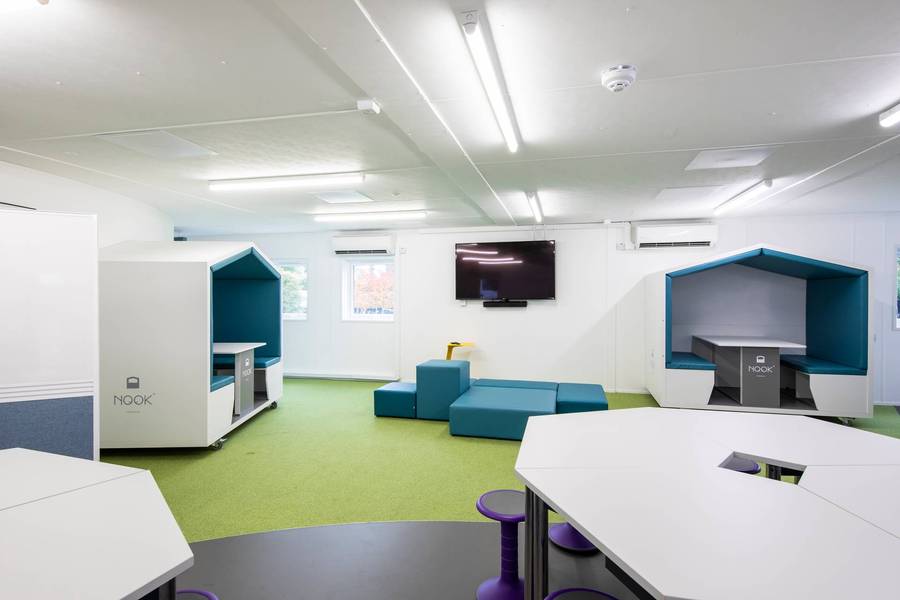
Fixed Versus Flexible Classrooms
Naturally, teaching and learning have evolved throughout the years. The teacher-centred practice has its place, but there has certainly been a shift toward the lens of the learner. If students do not feel a sense of ownership over their learning journey – including their environment – they will be more likely to feel detached and disengaged [14]. Teaching students to participate in learning actively can promote goal setting, self-assessment, and self-determination. Moving away from rigid expectations employed by educators is a great way to instil this. Flexible classrooms can mean that students do not need assigned seating; they can move about and choosethe seat that best suits them for the task at hand. This allows learners to explore, move about, experiment, manipulate and make the space their own, which is an important part of student-centred teaching. However, this should be at the discretion of the teacher. If certain learners require specific needs or thrive from more linear guidance and routines, educators should account for this. It is important to note that the classroom should not be seen as a fixed, unalterable place. It should allow movement, different seating arrangements, and alternative furniture. Give students a choice through flexible classroom seating, but guide them in the right direction.
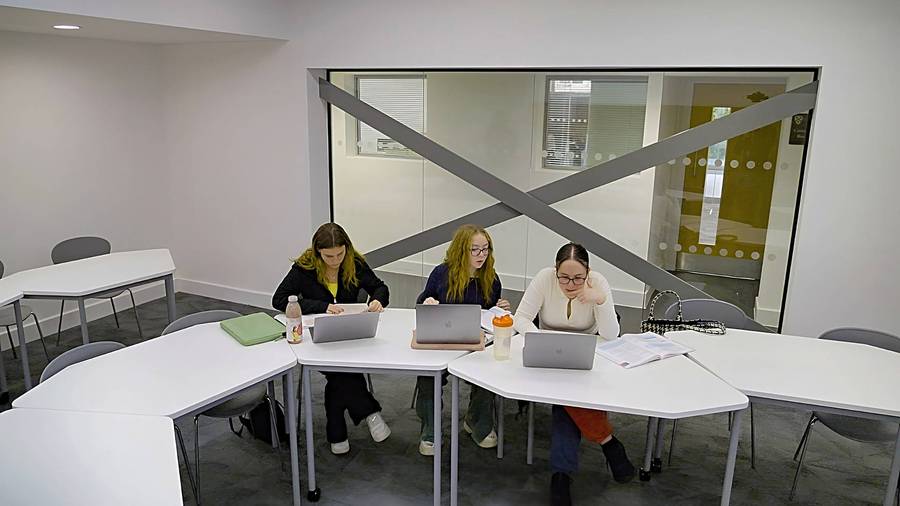
Active and Collaborative Learning through Flexible Seating
Teaching and learning is a collaborative experience. A classroom should reflect this. While more traditional, fixed seating arrangements limit student movement and social interaction, flexible seating allows learners to easily reconfigure their learning spaces, promoting movement, communication, and cooperation. Cornell University reinforces this claim, explaining how collaborative learning can benefit the development of higher-level thinking, oral communication, self-management, and leadership skills [15]. Cultivating a space that encourages this is key. With the open design of a flexible classroom equipped with movable chairs, portable whiteboards, and supplementary technology, students are encouraged to interact with each other. This creates a sense of togetherness and connectedness, which is vital to any effective learning environment. Creating a space that stunts social skills and collaborative interaction makes no sense. After all, these are some of the most important aspects of a successful, inclusive school. Moreover, crucially, students will feel more engaged in an active environment, producing improved academic results and a true connection to the content [16].
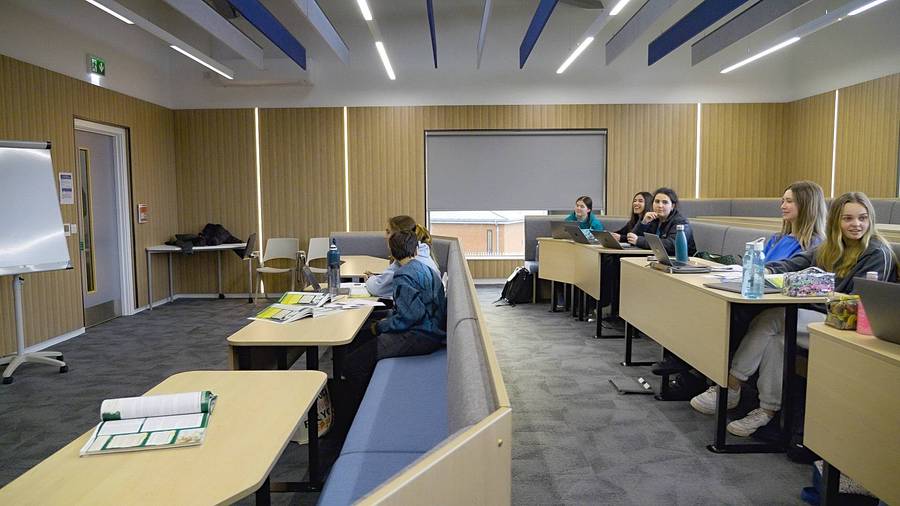
Making the Dynamic Choice
Schools are responsible for committing to innovation in the ever-changing world of education. Flexible classroom seating is a crucial step on the road to meaningful change. Students deserve to feel a sense of ownership over their learning journey and environment. Teachers deserve to guide their students most effectively, catering to their learning styles and receiving improved results. By allowing students to choose their seating arrangements, classrooms become more student-centred, promoting active and collaborative learning. The ergonomic benefits of flexible seating, such as improved posture and increased blood flow, also contribute to enhanced focus and attention. The proof is in the evidence-backed research. As such, educators and school administrators should consider the advantages of flexible seating to create engaging learning environments that empower students and foster their sense of ownership in the classroom.
Book your consultation
Find out how to unlock the full potential of your learning environments.
Get in touch here
References
[1] – Advantages and Disadvantages of flexible seating – ProQuest
[2] – Giving Student’s What They Need. Jonathan C. Erwin
[3] – The Room Itself Is Active: How Classroom Design Impacts Student Engagement. Journal of Learning Spaces Volume 6, Number 1. 2017
[4] – APA PsycNet
[5] –Dotterer, A.M. and Lowe, K. (2011) “Classroom context, school engagement, and academic achievement in early adolescence,” Journal of Youth and Adolescence, 40(12), pp. 1649–1660.
[6] – Rands, M.L. (2017) “The room itself is active”: How classroom design impacts student engagement.
[7] – Table & Chair Heights For School Classrooms.
[8] – Zamoyski, K. (2020) “Posture and The Mind,” Defy Therapy and Wellness Clinic [Preprint].
[9] – Wilkes, C. et al. (2017) “Upright posture improves affect and fatigue in people with depressive symptoms,” Journal of Behavior Therapy and Experimental Psychiatry, 54, pp. 143–149.
[10] – Fedewa, A.L. and Erwin, H. (2011) “Stability balls and students with attention and Hyperactivity concerns: Implications for On-Task and In-Seat Behavior,” American Journal of Occupational Therapy, 65(4), pp. 393–399.
[11] – Levine, M. (2022) “How Kore wobble chairs can benefit your classroom,” Moving Minds Blog [Preprint].
[12] – THE BENEFITS OF A DEDICATED SCHOOL READING ROOM.
[13] – Flexible Seating Influencing Student Engagement. Samantha Burgeson
Northwestern College – Orange City. 2017
[14] – Beyond Involvement: Promoting Student Ownership of Learning in Classrooms. Paula E. Chan, MA, Kristall J. Graham-Day, PhD, […], and Moira Konrad, PhD+2View all authors and affiliations
Volume 50, Issue 2.
[15] – Collaborative Learning | Center for Teaching Innovation. [16] – Student Engagement in Active Learning Classes. Linda C. Hodges


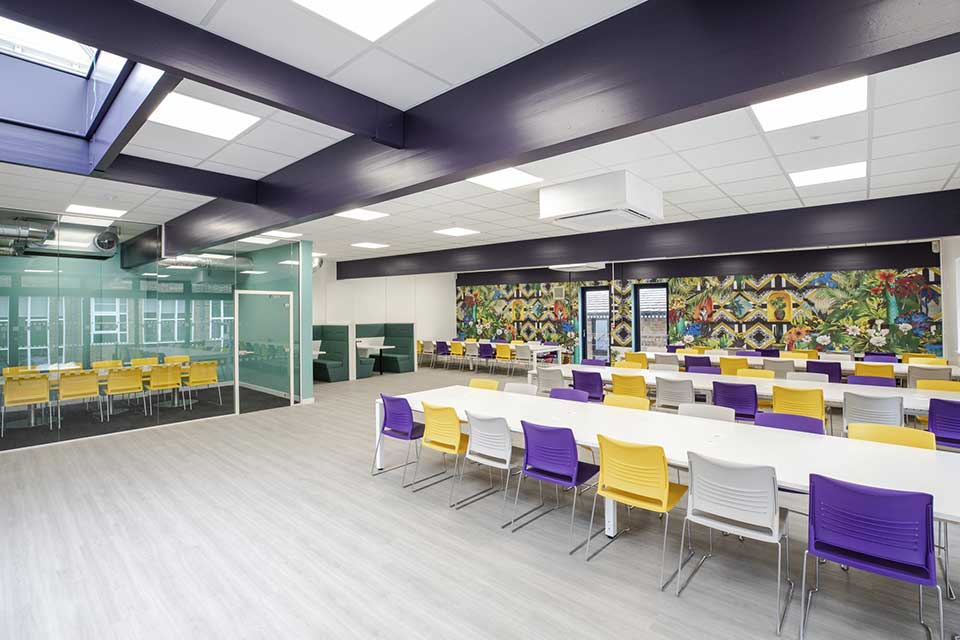

Leave a Reply